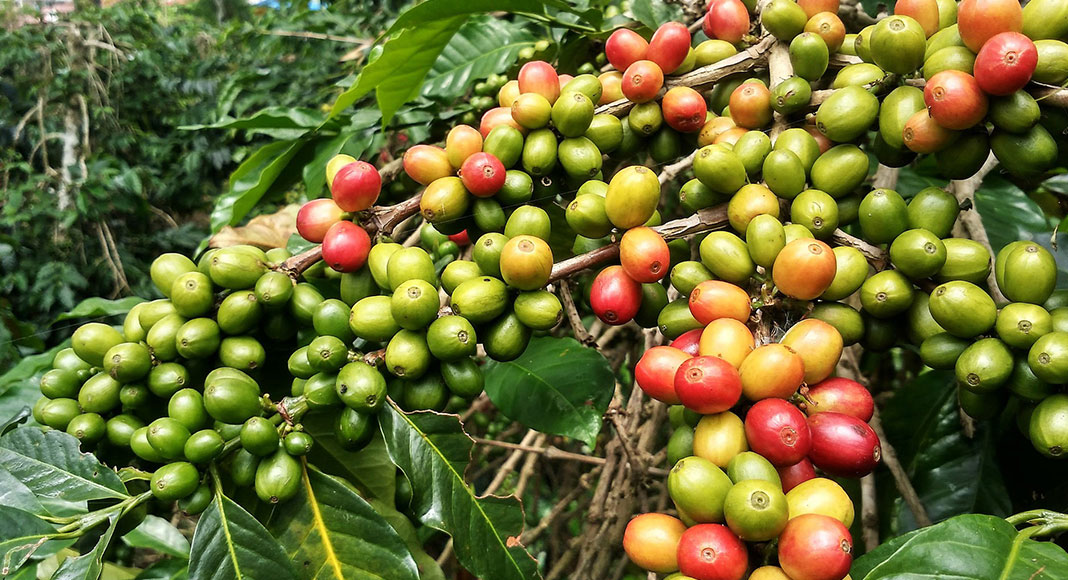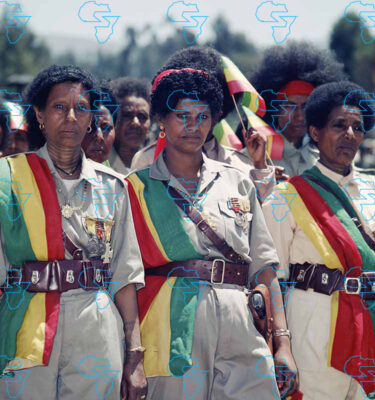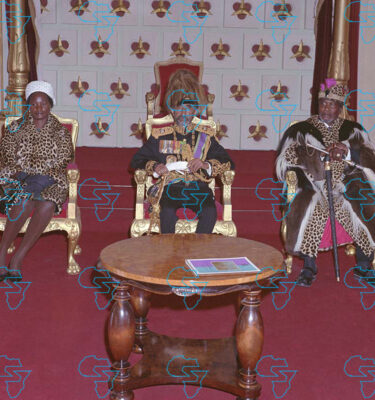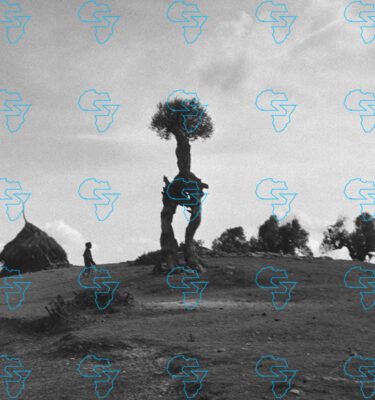
Researchers now have unlocked the genome of the Arabica species and traced its origins to a natural mating between two other coffee species an estimated 610,000 to one million years ago in the forests of Ethiopia. That makes this species older than our own species Homo sapiens, which arose in Africa about 300,000 years ago.
The researchers sequenced the genomes of 39 Arabica varieties, including a specimen from the 18th century, to create the highest quality genome to date of this species, whose scientific name is Coffea arabica. They also uncovered a specific region of the genome that may be pivotal for breeding or genetically engineering disease resistance.
“Arabica is one of the world’s premier commodity crops, taking up a large part of the agricultural economies of countries in which it is grown,” said plant evolutionary biologist Victor Albert of the University at Buffalo in New York, one of the leaders of the study published this week in the journal Nature Genetics.
“It’s an important part of local small stakeholder subsistence, not just farmed and exploited by major companies. Coffee is a rich source of antioxidants, and of course, caffeine – which helps keep me and the rest of the world awake,” Albert added.
The research showed that Arabica’s population rose and fell over the millennia as the climate warmed and cooled. It was first cultivated by people in Ethiopia and Yemen, and then spread around the world.
.
.
.
#Genome #Study #Reveals #Prehistoric #Ethiopian #Origins #Coffee
Source link











